Italians seem to be born into a culture of totally effortless cool – never in a hurry, always dressed to impress, and always in the right place at the right time. Let’s take a trip through the Italian day to unearth a few lesser-known gems of local culture that, if copied, will help you seem more local than a local while you're in Italy.
Mornings in Italy
Unlike in the US or the UK, where breakfast is almost a national institution (although I’m pretty sure the traditional English breakfast now only happens in cafes and hotels, superseded by half a slice of cold toast and some lumpy porridge for busy people with busy families), in Italy, breakfast is the least important meal of the day.
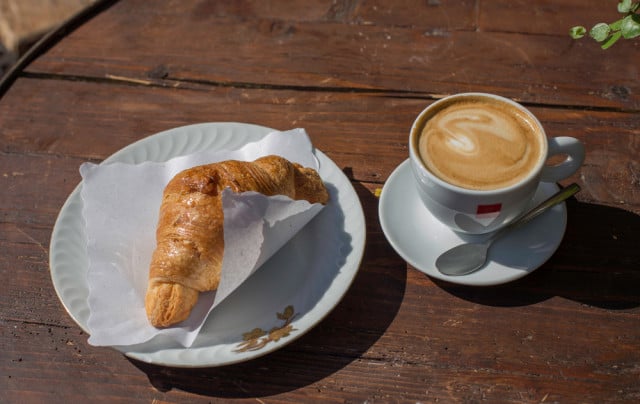
Photo: Depositphotos
A lot of Italians skip breakfast first thing in the morning, preferring to take a quick espresso or cappuccino at their favourite mid-morning bar, maybe accompanied by a pastry such as a cornetto (like a small croissant) or a slice of crostata (a typical Italian breakfast tart). This is often consumed standing at the bar.
READ ALSO:
When it comes to bars, especially in resort towns, you're likely to be charged more for a coffee, or any other drink, depending on where you drink it.
Drinking your espresso at the bar is the cheapest (and the most Italian), as you'll often be charged more for sitting at an inside table and even a little bit more for an outside table.
Your hotel may also serve you coffee and cake for breakfast. This is considered perfectly acceptable by Italian standards, though for the first-time visitor it can come as a bit of shock at first as you sit patiently waiting for the ‘real’ breakfast to arrive (reality check: it probably never will.)
Lunchtime in Italy
Although the days of long, wine-enhanced lunches appear to be on the decline in Italy (Italians, like everyone else, have started to take work a little too seriously over recent years), they are still there in essence.
Lunches tend to be lighter affairs these days, usually commencing about 1pm. After lunch, especially away from the main tourist hubs and out in the countryside, afternoons still tend to drift into a dreamy state of ‘not a lot happening’ for a good couple of hours – the perfect time for a siesta.
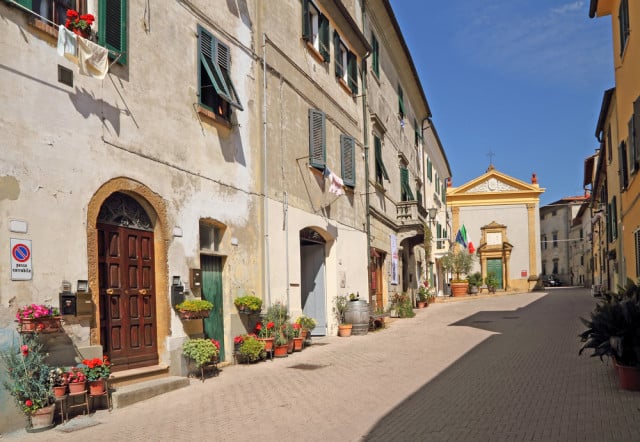
Empty streets in the afternoon are a common sight in small Italian towns. Photo: Depositphotos
Afternoons in Italy
For new visitors to Italy, this is the time when it all goes pear-shaped: they find themselves in a small town where all the inhabitants seem to have disappeared, the shops are all closed and they can’t even get out of town as all the buses and trains have stopped running.
Best to go with the flow, be more Italian and take a nap. Things pick up again around 4pm.
As the shops re-open post siesta and the people emerge to get some groceries or an ice-cream or to go back to work, life comes back into your typical Italian town.
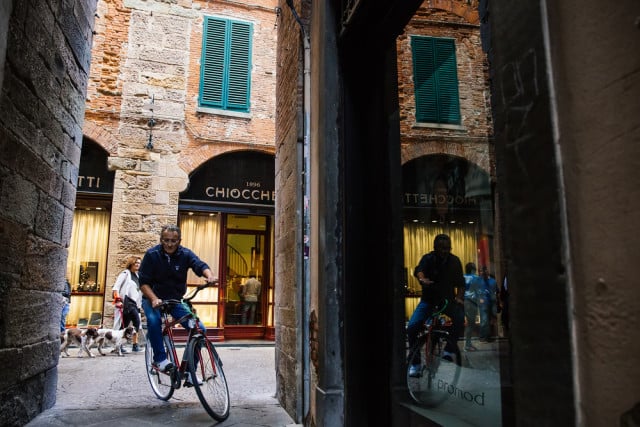
A man rides his bike through the town of Lucca in the late afternoon. Photo: Depositphotos
Early evening in Italy
By 7pm the bars are busy, especially in the summer when prosecco is the order of the day: an aperitivo ‘to open the stomach’ in anticipation of the coming dinner.
In case a nibble is required in the meantime, little snacks of frittata squares, olives, crisps and little bowls of peanuts (with a teaspoon on the side to scoop out a hygienic portion – very civilised) appear on every bar counter.
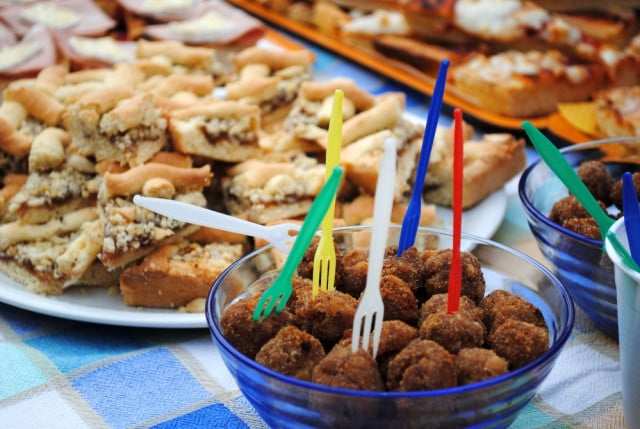
Part of a typical aperitivo buffet at an Italian bar. Photo: Depositphotos
Meanwhile, couples and families take a slow stroll up and down the main street, stopping every few metres to pass some time with the neighbours. This is the pre-dinner ritual of the passeggiata.
READ ALSO:
This is the part of the day when you need to be vigilant. If you rush in and out of the bars and shops, it will be immediately obvious to everyone that you're a straniero; a foreigner.
So slow down, chill out and blend in; there is no rush to go anywhere in this part of the day.
Evenings in Italy
By 8pm the bars may be empty, but restaurants are filling up, as are Italian family homes. Italian life has always centred around family, food and faith, and the kitchen table is the hub where everyone gathers for dinner.
Like lunch, la cena (dinner) in Italy might consist of several courses. There's the antipasti (starter), followed by a primo (usually a pasta dish), after that maybe a secondo, or meat dish, with sides of roasted courgettes or a mixed salad.
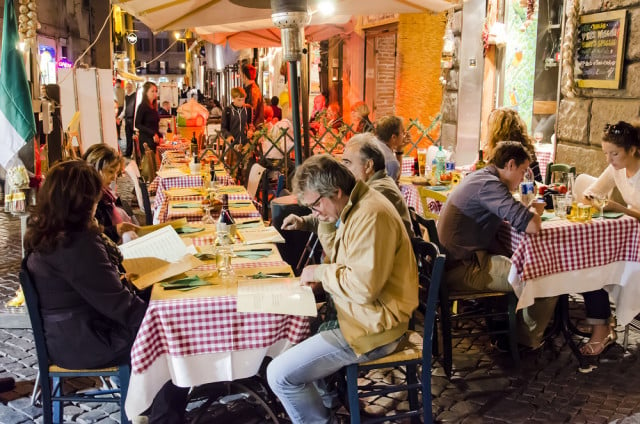
Photo: Depositphotos
You may then have some fruit or cheese followed by a light dessert such as tiramisu (whose literal meaning is ‘pick me up’ on account of the caffeine content.)
All this consumption may take place over a couple of hours. You may also be offered a digestivo (such as limoncello), which should help you deal with all that food.
Of course, it's not obligatory to order all the courses in a typical Italian dinner – unless you are really hungry.
Late evening in Italy
After dinner, and especially in the summer, another stroll into the town might be required – a kind of passeggiata part two – to work off all that pasta.
Maybe take a quick coffee, and later – there's no rush – a little more wine. Remember milky coffees such as cappuccinos are never drunk after dinner by Italians, so stick with espresso to be more local.
READ ALSO:
In the summer months, Italian towns tend to be awake until quite late. It is not unusual to see young children out with their families and playing with their friends until midnight in the squares. After all, school has finished for the hot summer months and they can catch up on sleep at siesta-time tomorrow, when the process starts all over again.
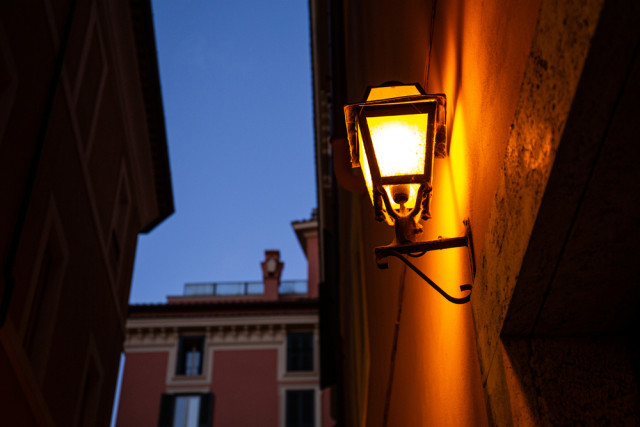
Photo: Depositphotos
Steve Atkinson is a blogger from the UK who manages and writes for the Abruzzo in Italy website: “When I'm not writing, I play guitar (really badly), and sing (even worse). I also practice speaking Italian (again, very badly – hey we’ve got quite a theme going here!) and dream about the day when my hair grows back… Ahh.”
Would you like to write a guest post for The Local Italy? Get in touch with the editor here.

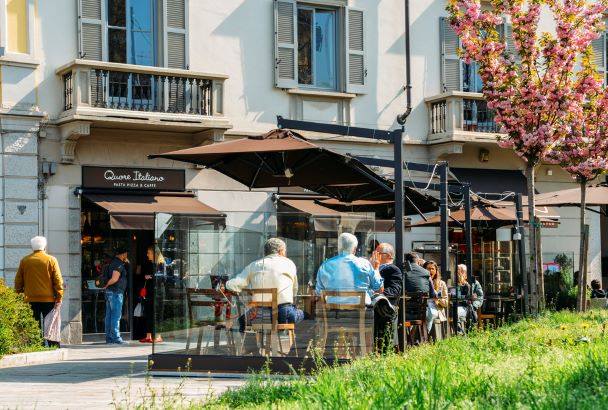

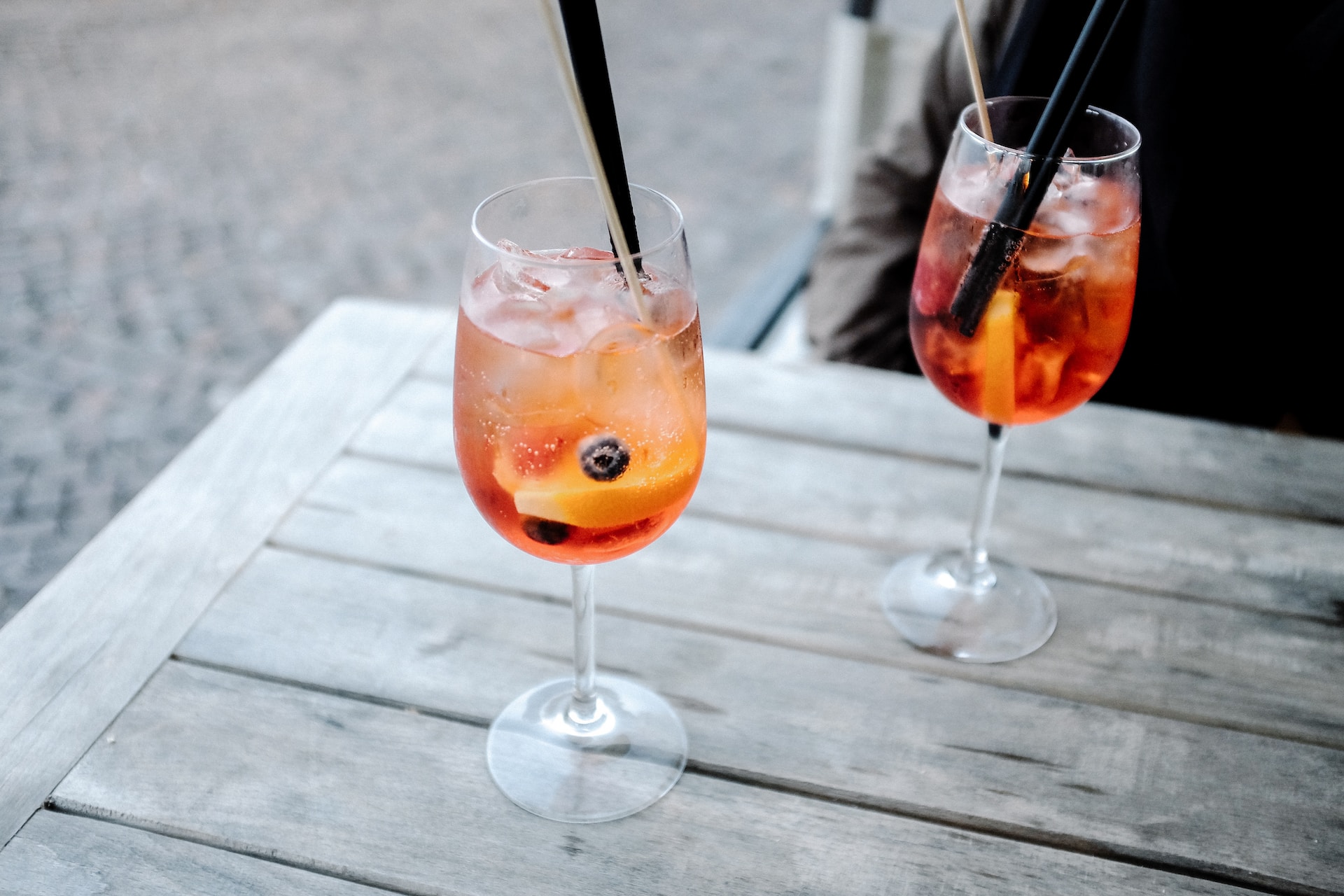
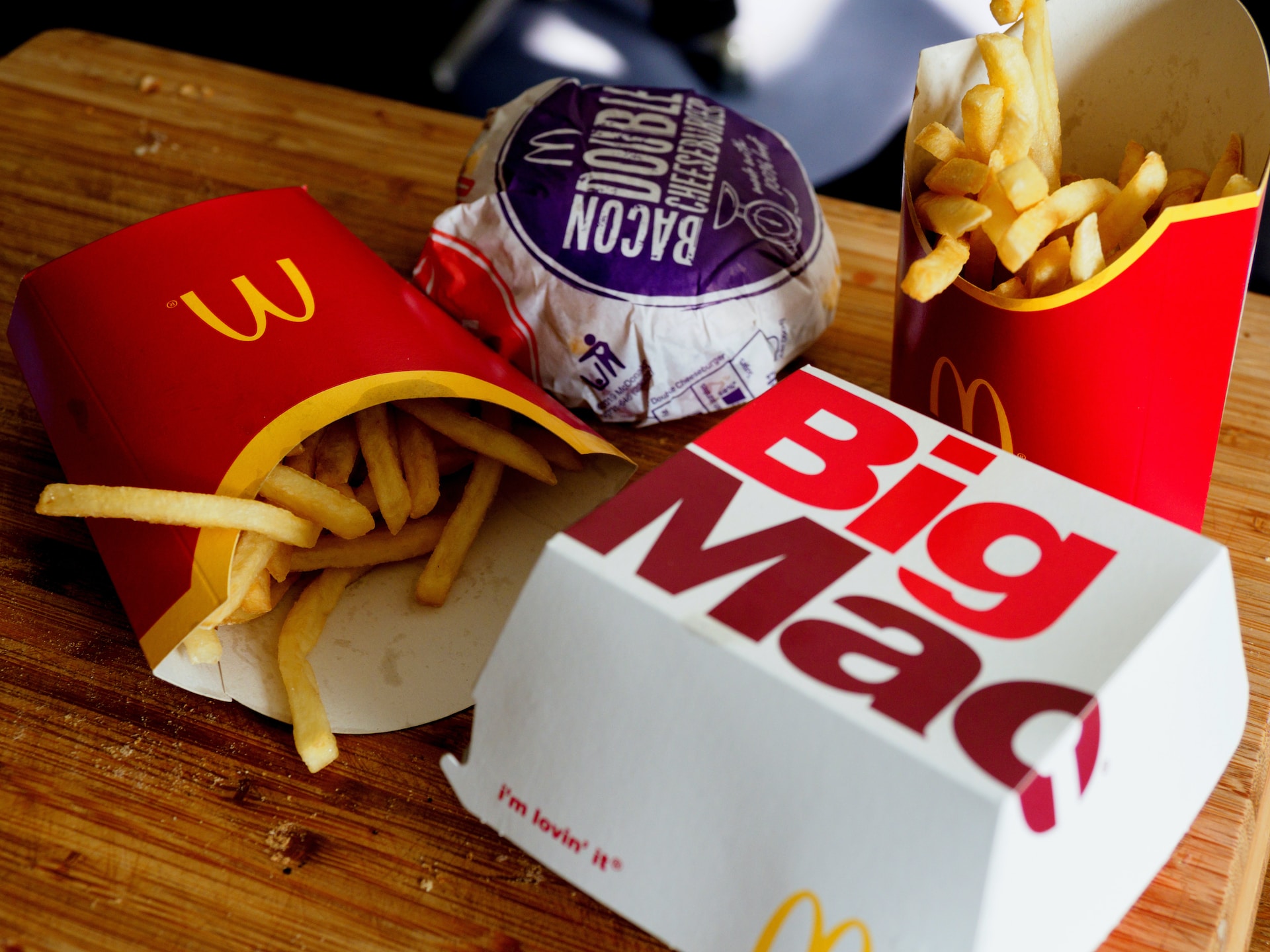
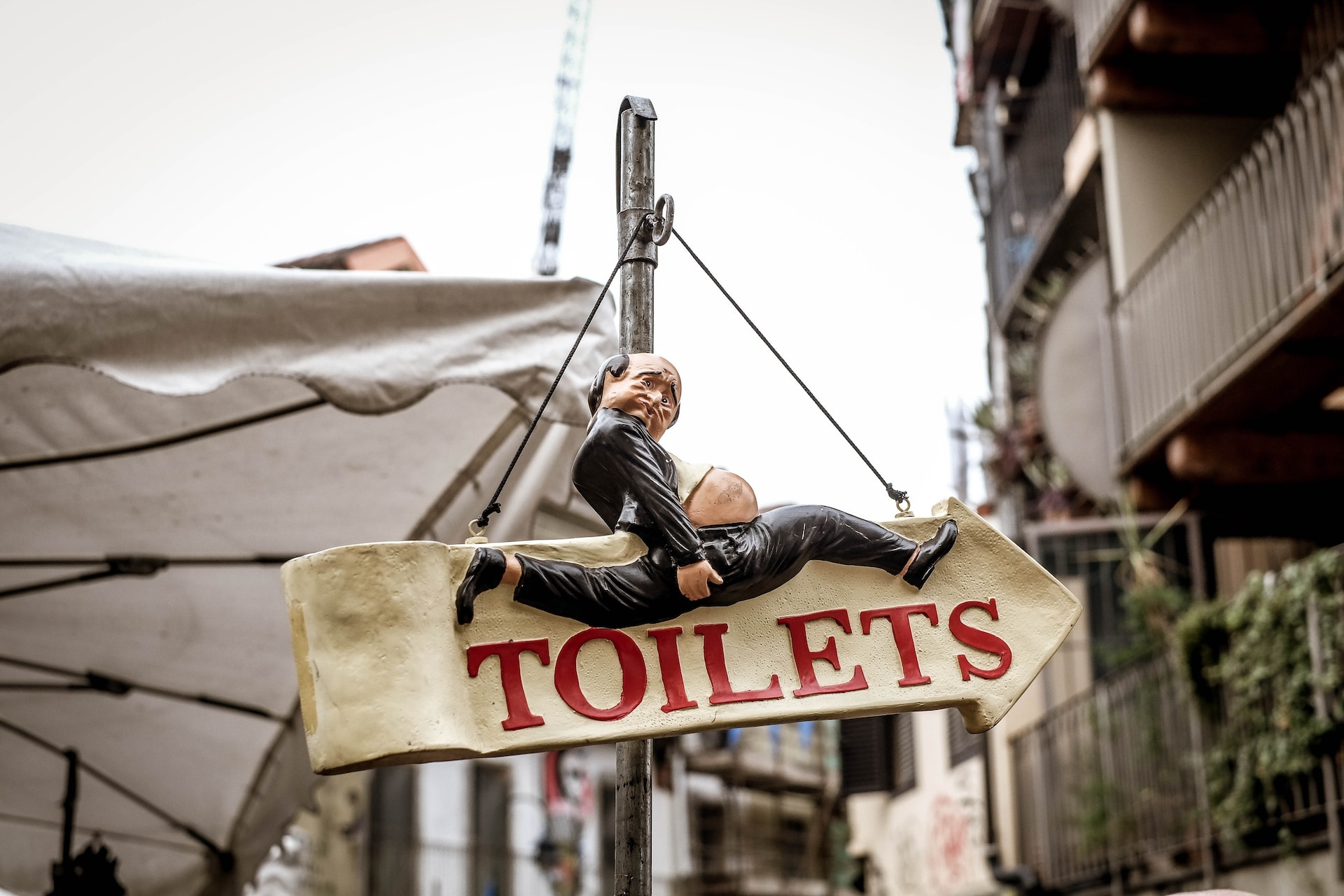
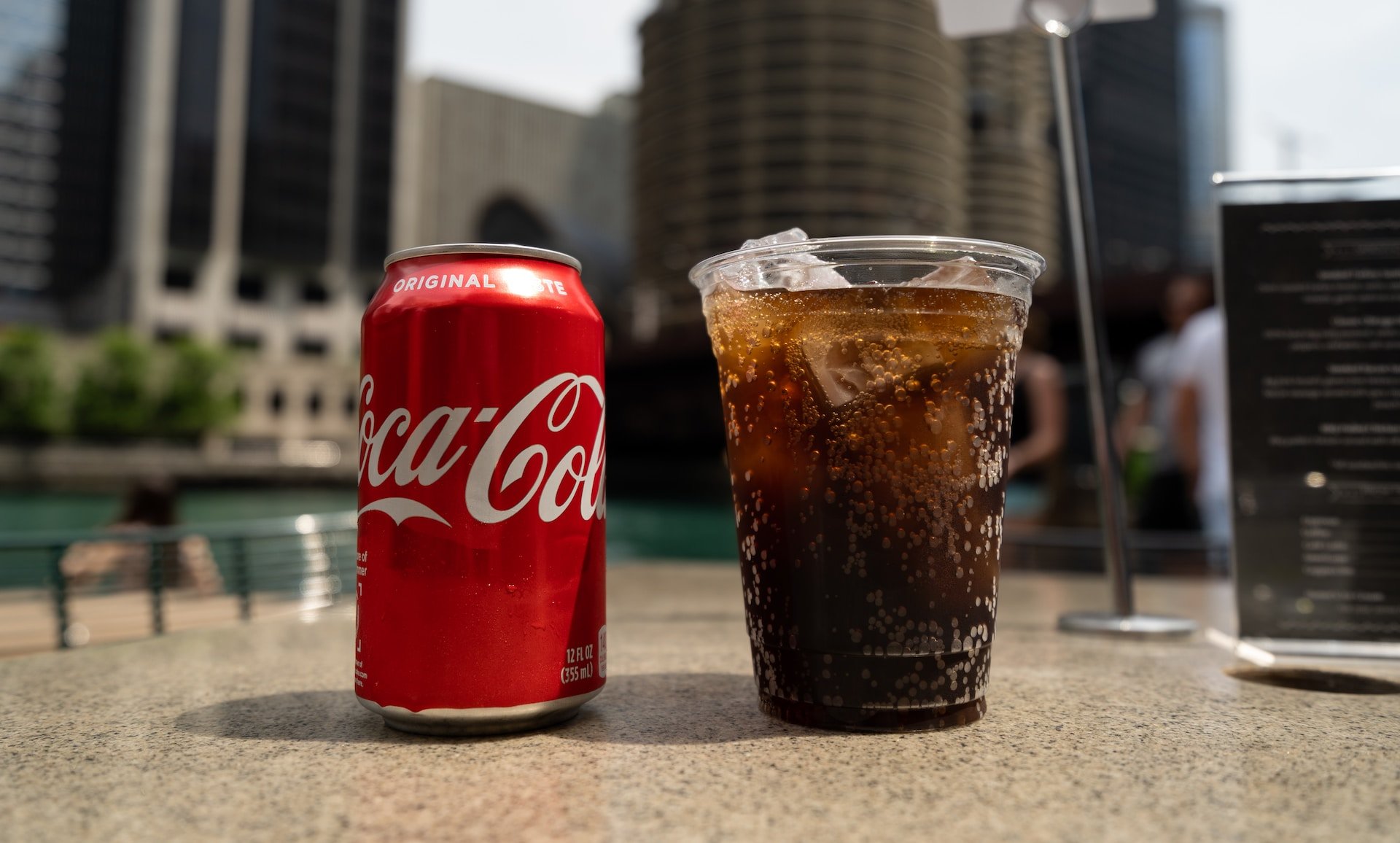
 Please whitelist us to continue reading.
Please whitelist us to continue reading.
Member comments